The Pittsburgh Steelers were going to the Super Bowl for the seventh time in franchise history looking for an NFL-best sixth Lombardi Trophy, and there were a lot of reasons why. Kevin Colbert and his personnel department for the assembling, Mike Tomlin and his coaching staff for the developing, and of course the players for getting it done. But there was another reason, and it was at the root of how they do business.
A few weeks before this particular team was due to report to training camp, it became known that a collision of several factors was forcing a reorganization of the ownership of the franchise founded in 1933 by Art Rooney Sr. Upon his death in 1988, control of the franchise had been divided among his five sons – Dan, Art Jr., Tim, John and Pat, with another percentage owned by the McGinley family – Jack and his sister, Rita.
Dan Rooney worked alongside his father and was named team president in the mid-1970s, and he was inducted into the Pro Football Hall of Fame in 2000 for his stewardship of the Steelers, with his hiring of Chuck Noll in 1969 being the fulcrum that flipped the franchise from lovable losers to one that has won more championships than any other in the NFL since. His son, Art II, currently the team president, had been the guy who ushered the team into Heinz Field, the key to allowing the franchise to remain a consistent competitor on the field and a viable community asset off it, and chose Mike Tomlin to follow Bill Cowher.
Art Rooney Sr. was a knowledgeable horseman and racetracks were some of his favorite places, and over time the family had acquired Yonkers Raceway and the Palm Beach Kennel Club. But recently the racing industry came to a partnership with casino gambling, and that caused a concern within the NFL about the ownership structure of the Steelers. There also had been rules implemented that governed the percentage of a team's shares to be owned by a single family entity, and the Rooneys had to get into compliance with all of this. Because of the respect NFL management and ownership had for Dan Rooney, there was no hard deadline set, but after a couple of years of working at it, July 7, 2008 was the day this became public knowledge. A buyer had emerged, and his name was Stanley Druckenmiller.
This news was a seismic shot to the foundation of the franchise, because Druckenmiller was a billionaire hedge fund manager and because simple arithmetic decreed that if he bought the shares of four of the five Rooney brothers he would be in control of the franchise. But not even this rattled the football team, and that was so because of how it was handled by Dan and Art II. Only once, when Mike Tomlin was asked about the issue a couple of weeks after it first became public, was the unsettled ownership situation discussed by anyone involved in the football aspect of the organization. Some players were asked about it, but their understanding of the situation had come from Tomlin, and he had been assured that it wasn't an issue. It never became one, it never was a factor on a day-to-day basis for football operations.
Then on Dec. 17, at a league meeting in Dallas, NFL owners approved Dan and Art II's plan to restructure ownership of the Steelers. This kept the franchise in the control of the founding family and brought it into compliance with NFL rules. Talk about a comeback victory, and the owners made it a decisive one with a 31-0 vote to approve.
Photos from the Steelers victory vs. the Cardinals on February 1, 2009 at Super Bowl XLIII.

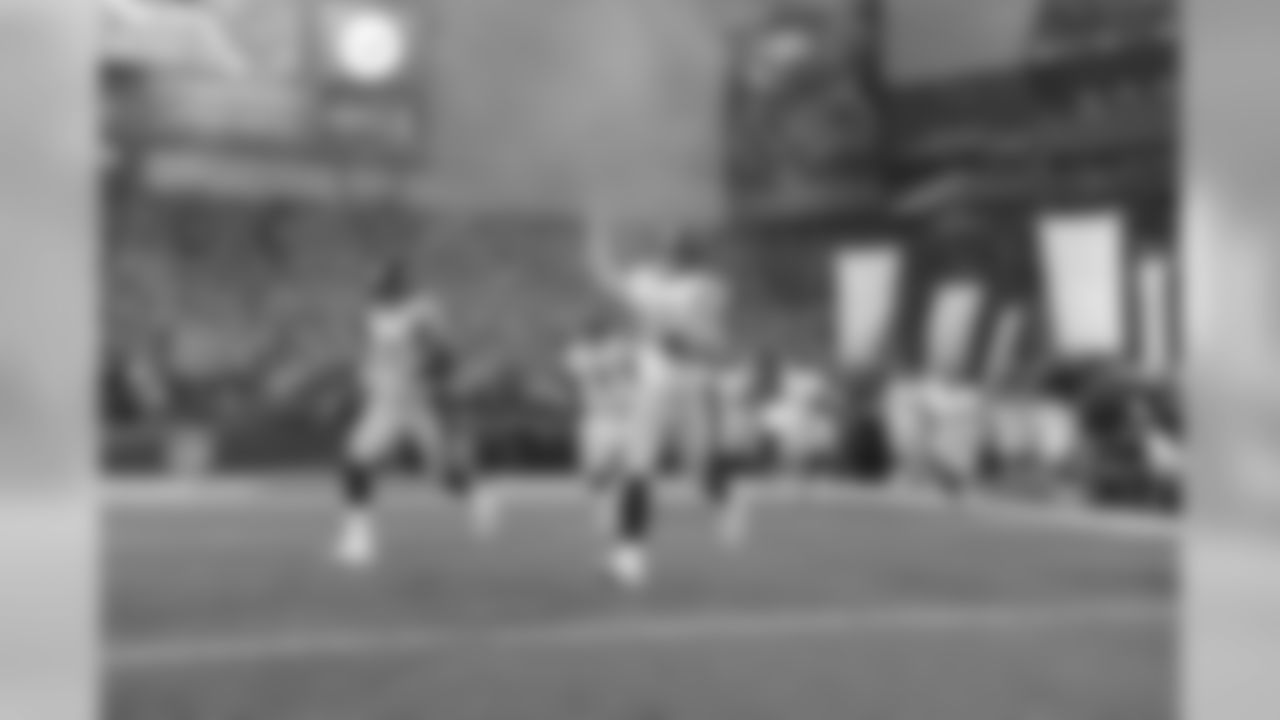

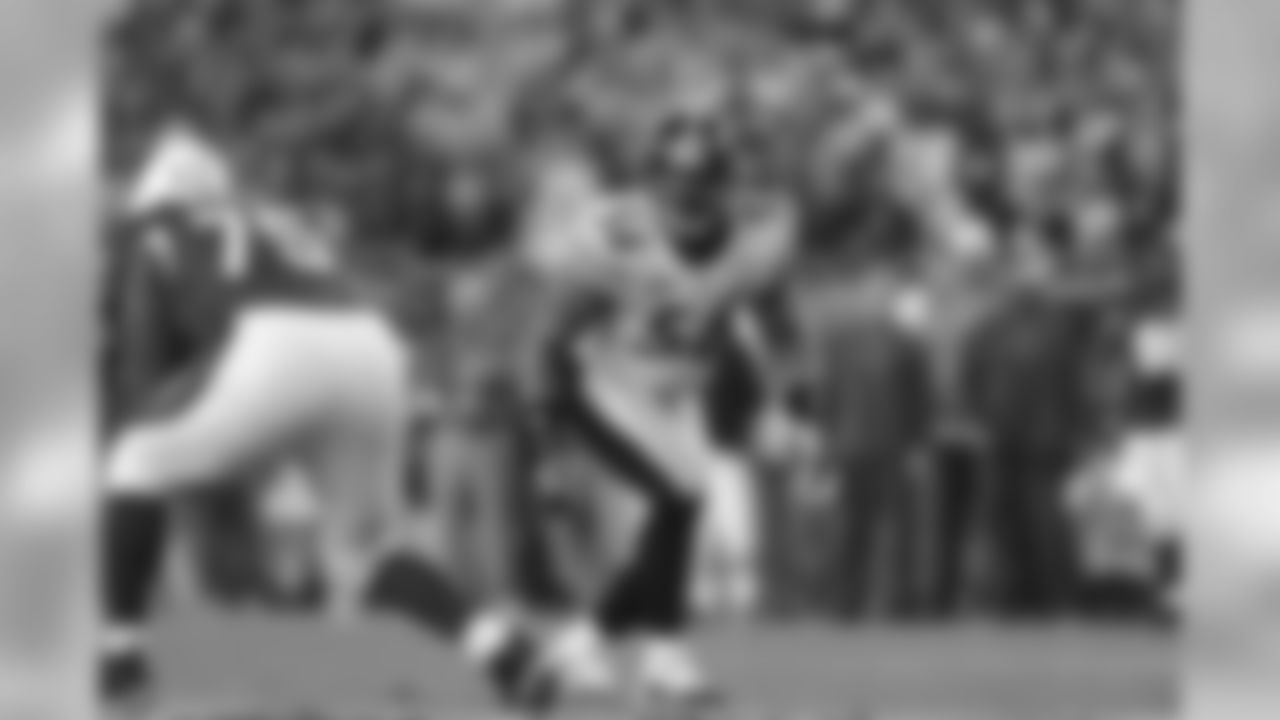
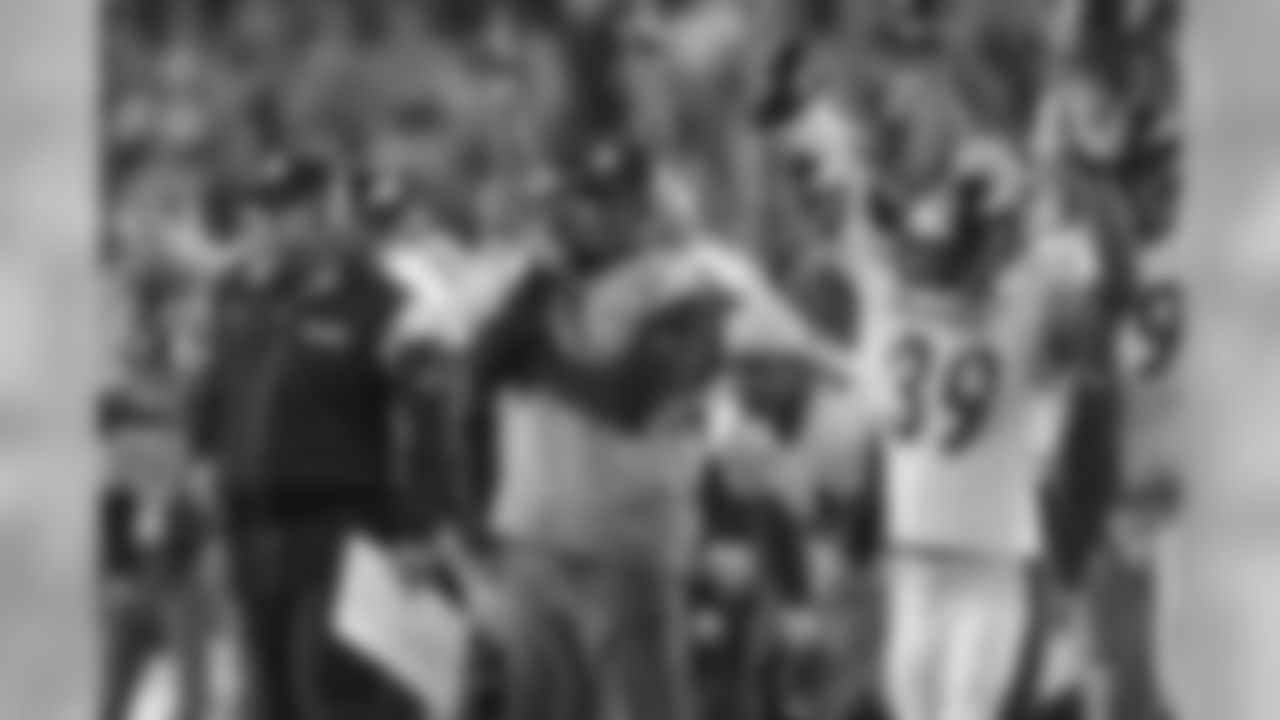
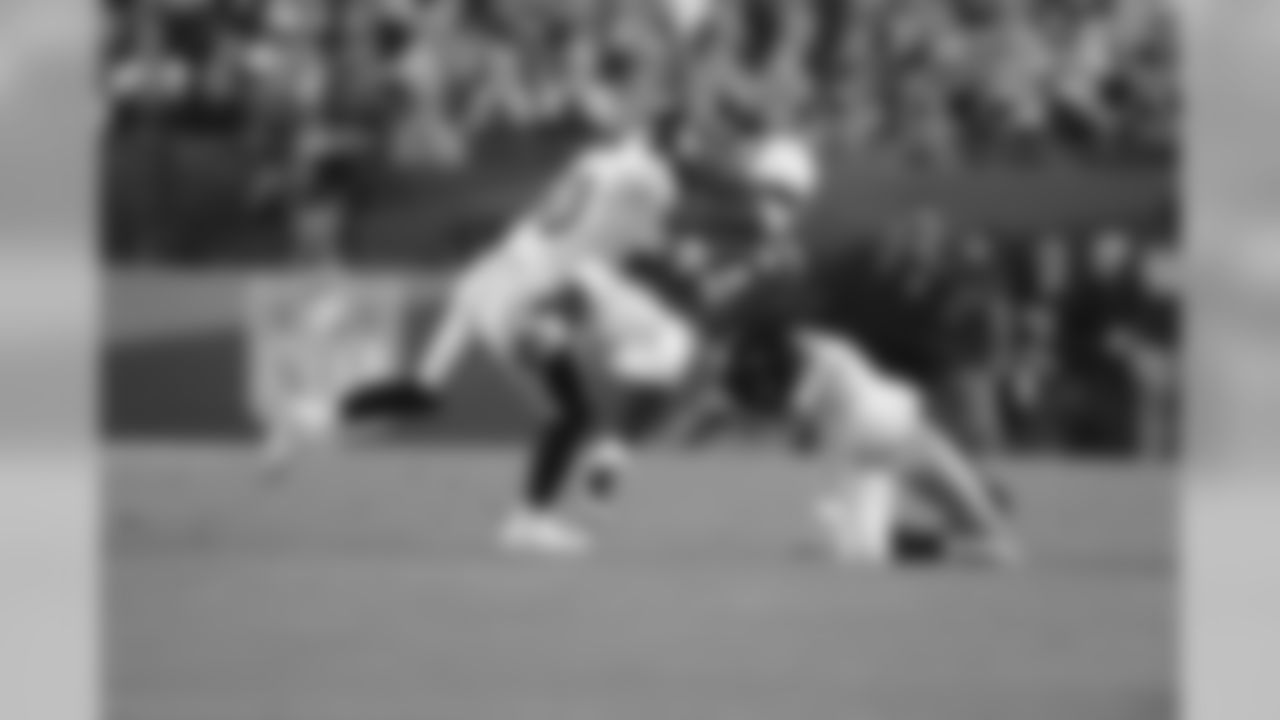

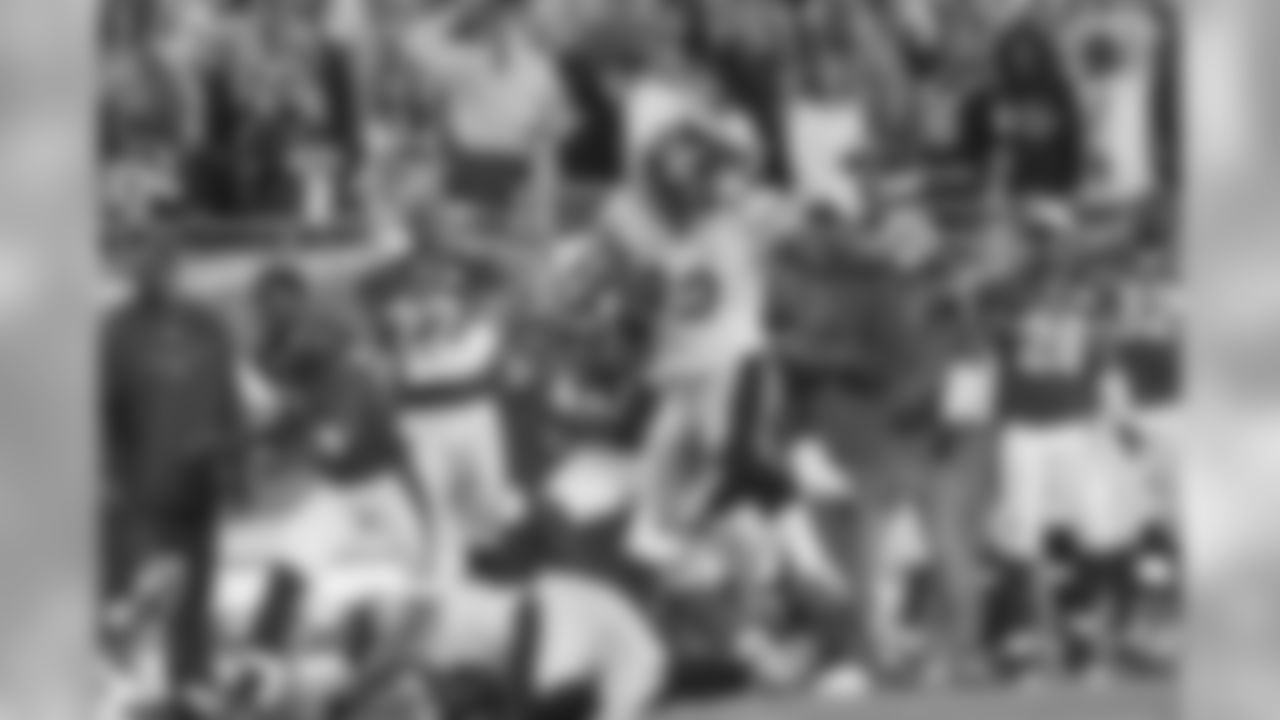
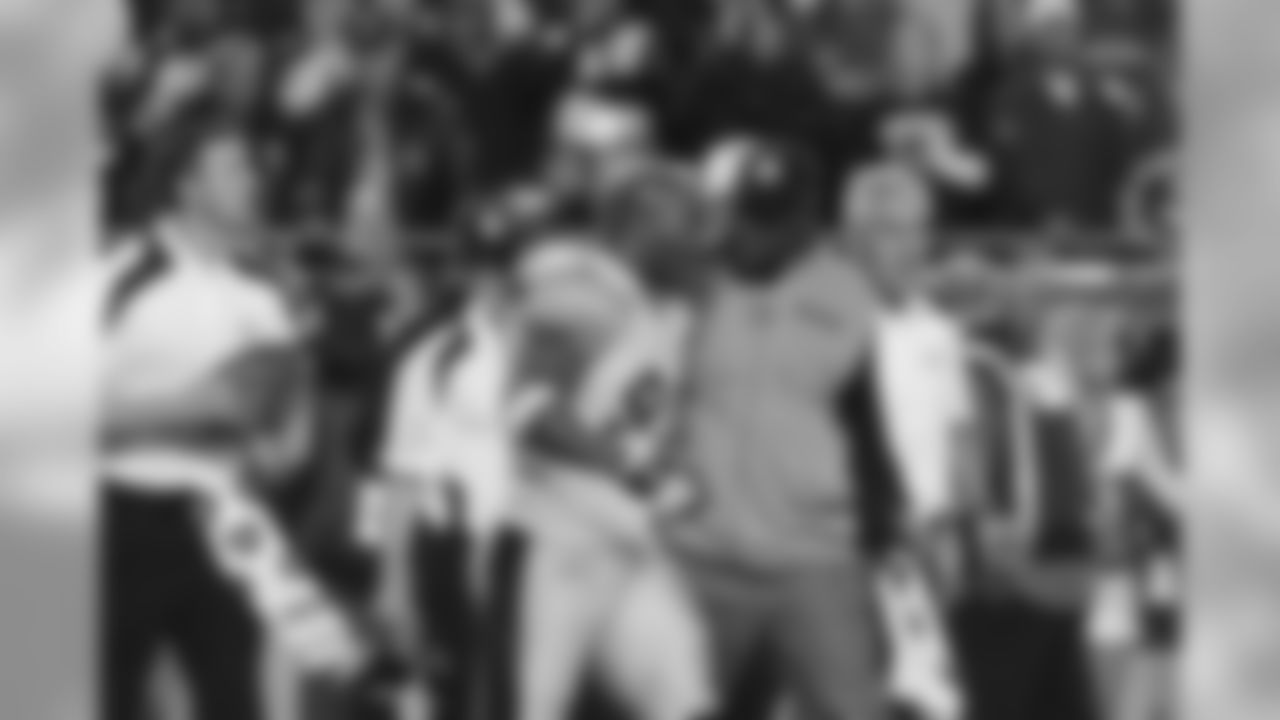



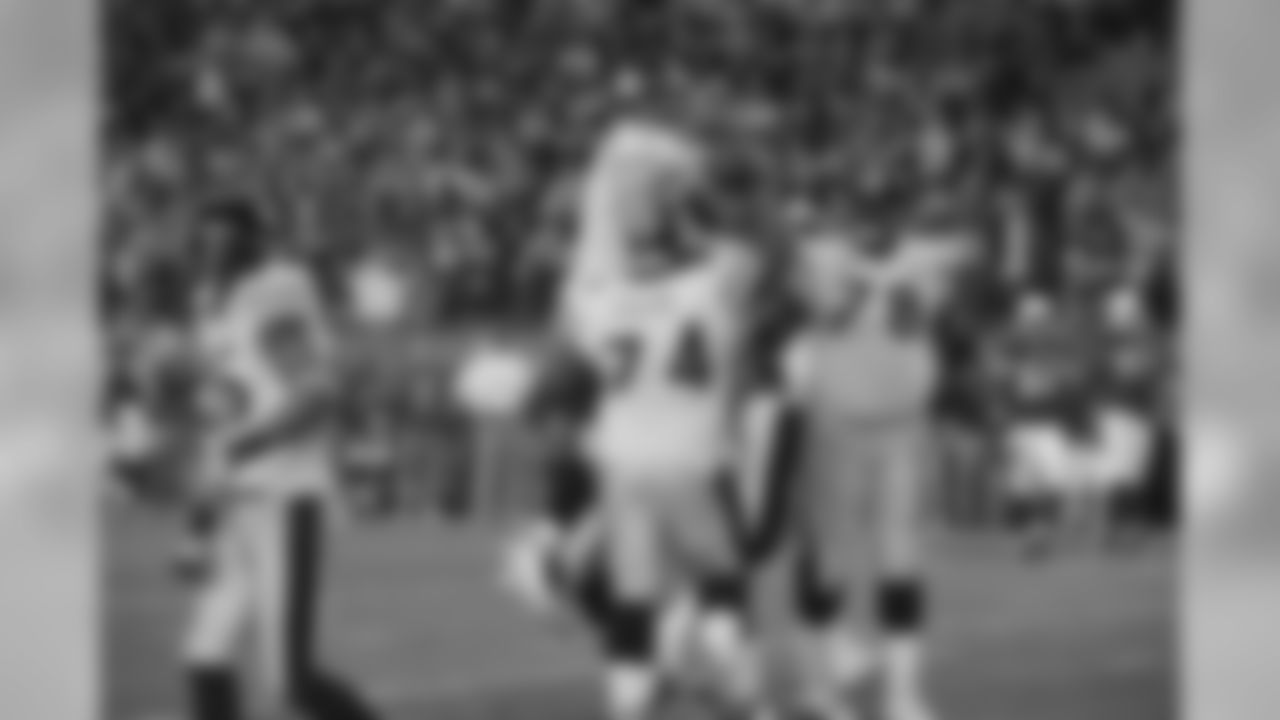
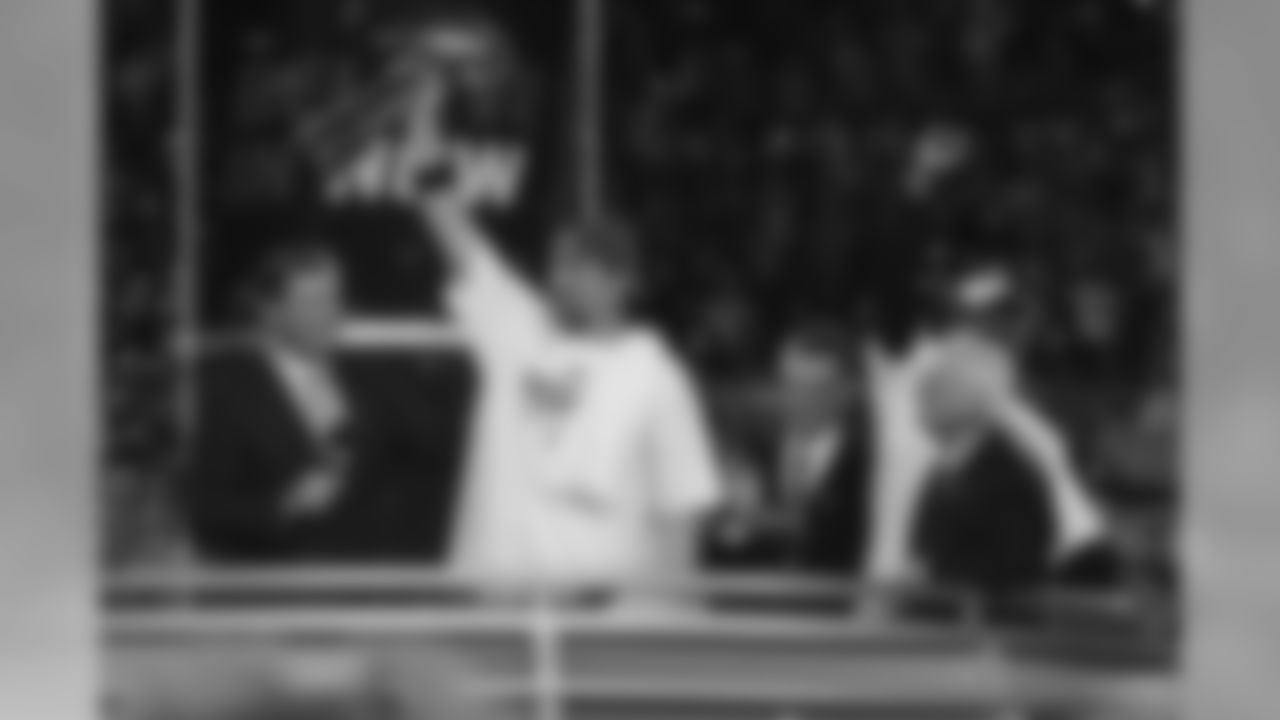
Tomlin once explained the Steelers' approach as "eliminating variables that don't matter," and he went on to define variables as "the business of football, or politics. Like in anything, when you're dealing with egos and relationships and dollar signs, there are a lot of things that could cloud decision-making that have nothing to do with winning." This approach, this elimination of anything that distracts from winning, has been handed down from father to son, from Art Sr. to Dan to Art II. Tomlin's conclusion: "When you can do that, you can focus on what we come here to do, which is to win and perform for our fans. That's the thing that makes this place special. I've worked at a few places, but we do a nice job in this organization of not worrying about things that don't gear us toward winning."
As Dan Rooney has said hundreds of times, "We're in the football business," and the most important part of that business is winning football games." For this team, there was one more game to play.
Mike Tomlin is the youngest man to get his team to the Super Bowl, and only Don McCaffrey of the 1971 Baltimore Colts won one quicker than Tomlin, who did it in just his second season as an NFL head coach. Tomlin had some Super Bowl experience, with Tampa Bay during the 2002 season, but there is a huge difference between being a still-green position coach and being the pulse of the whole team. Having once described his job as being what the team needs from him at any particular moment, Tomlin set the course for the Steelers' week in Tampa.
"Our team needs to know that this stage isn't too big for them, but at the same time, we don't need to take it lightly, either," he said the week before the Steelers headed south. "It's a delicate balance, one tightrope we're walking. And I like where we are. We have a nice blend of calm over this team, but at the same time, a sense of urgency."
That handled the football end of it, but when it comes time to play the game for the NFL championship, the reality is it's about a lot more than just the game. Mandatory media cattle calls can become tedious, pregame and halftime are more about A-list entertainment than the traditional football uses of those times, and there are temptations galore. Rather than chafe at the requirements and attempt a lock-down, Tomlin went in the other direction. "It's my goal that we embrace all that comes with being in the Super Bowl," he said. "We're not going to have the mentality that we're going to resist the obligations we have. There are 30 other teams I'm sure would love to have the burden we have, and so we're going to embrace it. There's going to be joyful lifting for us, if you will, in terms of some of the tasks that go with this football game."
Their course charted, the Steelers went about their business, the hype of a Super Bowl no more of a distraction than the potential sale of the franchise.
Come game time, the Steelers had been picked by the bulk of the media in attendance, and some members were calling for a blowout. After all, the opponent was the Arizona Cardinals, a franchise even more pathetic historically than the pre-Noll Steelers, and theirs had been a Cinderella story, while the Steelers had gotten to Tampa the way Attila the Hun moved across Europe. Rod Woodson had been saying on NFL Network that the Cardinals passing attack – quarterback Kurt Warner and receivers Larry Fitzgerald, Anquan Boldin and Steve Breaston – was a bad matchup for the Steelers secondary, but it didn't seem likely the Arizona front would be able to prevent the passer from taking a ferocious beating. If the Steelers offense just didn't blow it.
Often in sports, the game unfolds in a way other than what was predicted, and so it was with Super Bowl XLIII. The Steelers offense, far from blowing it, scored on its first two possessions, even if another failure in a goal-to-go situation made it only 10-0. Roethlisberger was sharp and resourceful, and in the 20 plays during the two scoring drives the Steelers had gotten to third down only three times. But the second time Arizona got the ball, Woodson became a prophet.
Warner marched the Cardinals 82 yards in nine plays by passing for 81 of those including the touchdown to tight end Ben Patrick. It was a masterful display by the Cardinals, down to a wrinkle installed in a route to Boldin that fooled the coverage and went for 45 yards to the Steelers 1-yard line. With the NFL's worst running attack, Warner then passed for the 1-yard touchdown, a tendency that would come into play at the end of the first half.
Arizona got a break, and the game's first takeaway, with two minutes left in the half. A Roethlisberger pass was batted at the line of scrimmage by Bryan Robinson, who had made no progress in his rush and just stuck an arm up, and when Karlos Dansby came down with the carom the Cardinals sent their offense onto the field at the Steelers 34-yard line.
Warner converted a third-and-10 with a check-down to running back Tim Hightower, and then a second-and-10 with a crossing route by Fitzgerald. When LaMarr Woodley and Aaron Smith got over to tackle Boldin, the ball was at the 1-yard line and the Cardinals used their final timeout to stop the clock with 18 seconds left before a Bruce Springsteen concert, er, halftime. What happened next was a direct result of an offense not being able to run the ball into the end zone from the 1-yard line.
All pretense about run or pass was dismissed when the Cardinals lined up in the shotgun, and the obvious throw for Warner would have been the fade to Fitzgerald. But hey, why not be tricky and go to Boldin on a quick slant instead? In a textbook example of Dick LeBeau's zone blitz in action, outside linebacker James Harrison faked a blitz from the outside and dropped into the throwing lane just as free safety Ryan Clark came flying through the middle at Warner. What Warner thought he saw wasn't what he ended up getting, and Clark forced a quick decision that turned out to be the wrong one. "He threw it right to my hands, and I took off," said Harrison, who returned the interception 100 yards into Super Bowl history. "I was thinking I had to do whatever I could to get to the other end zone for seven."
In a 100-yard dash for a touchdown that could serve as a microcosm of his career, Harrison accomplished what first seemed impossible through the sheer force of his will. What could have been a 14-10 deficit was a 17-7 Steelers lead at halftime, and just before it was time to return to the field, Tomlin talked to them about who they were and what they represented. As the playoffs were about to begin, Tomlin explained that this way: "You can't put a price tag on tradition, a legacy. It's an honor to be a part of it. It's something I want our guys to embrace. It's something that we openly talk about. It's about respecting those who have come before us, and making the black-and-gold special. We want to honor them with how we play."
The Steelers responded in the third quarter, but again, they ultimately let the Cardinals off the hook. An opening possession sack-strip of Warner by James Farrior was overturned by replay, and then the offense put together a wonderful drive only to fail once more on a first-and-goal, this time from the 4-yard line. It was 20-7 as the fourth quarter began, but Cinderella suddenly seemed to have found a shoe that fit.
When the Cardinals went to their no-huddle and needed only eight plays to slice the Steelers defense for 87 yards and a touchdown – this time Warner threw the fade to Fitzgerald from the 1-yard line – Arizona had found an offensive rhythm few expected would happen, and there was still another 7:33 on the clock to work on that 20-14 deficit.
Defensive tackle Darnell Dockett blew through the interior of the Steelers offensive line to sack Roethlisberger and ruin Pittsburgh's ensuing offensive possession, but then tackle Mike Gandy committed another holding penalty while trying to block Harrison and the Cardinals punted the ball back to the Steelers. With 3:26 to play, Roethlisberger desperately needed some first downs, and he would have to start from the 1-yard line.
On third-and-10 he delivered, with a 19-yard laser to Santonio Holmes, but center Justin Hartwig was flagged for holding in the end zone. Instead of a clock-eating first down for the Steelers, it was a safety for the Cardinals and another possession for Warner and his receivers. Sixteen seconds after getting the ball, Warner-to-Fitzgerald covered 64 yards right up the middle of the Steelers secondary and a 20-16 Cardinals deficit had become a 23-20 lead. As tens of thousands of Steelers fans in attendance sagged, Ben Roethlisberger brightened. He would get to live the dream: ball in his hands, Super Bowl on the line. "It's now or never," he told them in the huddle.
Ninety-two yards in 12 plays beat the Ravens in Baltimore for the division title and the first-round bye, and that was said to be among the best drives in franchise history. But that was before first-and-20 from the 12-yard line in Super Bowl XLIII. The first one may have allowed the second to happen, but without the second the first one is forgotten.
All season long the Steelers had overcome injuries, and they were about to deploy their no-huddle offense with a hobbled Hines Ward, who had sprained an MCL in the AFC Championship Game. Guts had gotten Ward onto the field and allowed him to contribute early, but in this situation he was a receiver with a weakened knee. So Roethlisberger turned to Holmes. "I told my coach earlier this evening that I wanted to be a great playmaker for this team," said Holmes, who then got what he wanted and the Super Bowl MVP trophy as a bonus.
A scramble by Roethlisberger and a 14-yard catch-and-run by Holmes reduced that first-and-20 hole, and Holmes came through with a difficult catch to convert the third-and-6. Roethlisberger then completed a pass for 11 yards to Nate Washington before hitting Holmes for a 40-yard gain to the 6-yard line on a play in which the quarterback almost threw the check-down to Mewelde Moore and had the pump fake fool Cardinals safety Aaron Francisco to create the open field.
First-and-goal at the 6-yard line, and the Steelers had been kept out of the end zone on two of the previous three times they had been in this spot in this game. Out of timeouts, the Steelers kept Roethlisberger in the shotgun, and after a miss to Holmes in the left corner of the end zone – "I definitely thought I lost us the Super Bowl," Holmes said of letting that ball go through his hands – the Steelers won it on the next snap with a more difficult version of a similar play to the right corner of the end zone. Replay confirmed the call on the field, but the 27-23 outcome wasn't clinched until a Woodley sack-strip of Warner near midfield was recovered by Brett Keisel.
And so the Steelers were champions for a sixth time, and they won this one with a defense that was the NFL's best and a quarterback who was Elwayesque in the biggest games of the season. They won this one with a team that navigated the league's toughest schedule, a team that overcame adversity, injuries, and at times, itself, because every single time these players had to get the job done, they did.
"Where's the celebration?" Ryan Clark shouted in the winner's locker room. "I am done being dumbfounded that we won."














